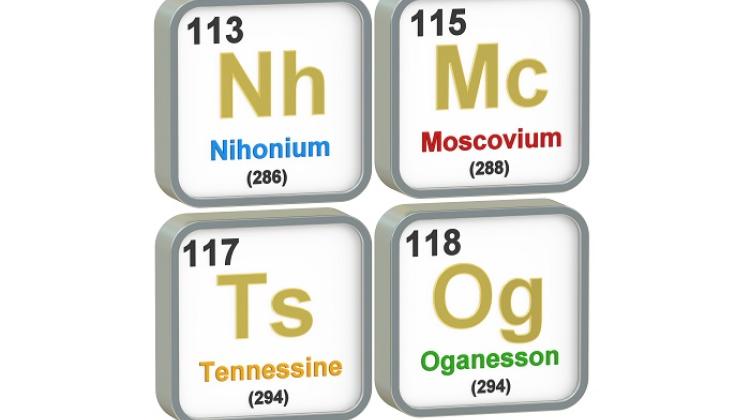Asteroids and the Moon could contain undiscovered element
 Credit: Adobe Stock
Credit: Adobe Stock
According to the new model, an undiscovered, superheavy, stable element may exist. That's not all: it can exist in space, for example on asteroids. A Polish company wants to search for it.
Recently, a team led by Professor Johann Rafelski from the University of Arizona, Tucson, described in the European Physical Journal Plus a mathematical model that predicts the existence of a superheavy and stable element with an atomic nucleus consisting of 164 protons (atomic number 164).
So far, physicists have managed to observe the existence of an element with a nucleus containing at most 118 protons. Oganeson (Og) does not exist in nature because it decays after about 1 millisecond. Its atoms could only be produced in a lab.
The problem is that the more positively charged protons there are in the nucleus, the stronger they repel each other and the easier it is for the nucleus to decay into smaller ones.
'Scientists have predicted for a long time that elements with around 164 protons could have a relatively long half-life, or even be stable. They call this the +island of stability+ - here, the attractive nuclear force is strong enough to balance out any electromagnetic repulsion,’ Professor Rafelski explains in The Conversation.
Meanwhile, some believe that element 164 described in the new model may form in space, in extreme events, e.g. during star collisions.
However, if it had reached Earth, for example with an asteroid, it sank deep into the planet's core due to its mass.
However, this element may still be present in some asteroids. Some of them (like the well-known asteroid Polyhymnia) seem to have a density greater than osmium - the heaviest element found on Earth.
Professor Rafelski's research also identified other superheavy asteroids that could contain exceptionally heavy elements in their cores. The existence of element 164 could explain the particularly high densities of these objects.
Meanwhile, the Polish company Solar System Resources Corporation wants to search for this element on the Moon, where it could have been brought by asteroids. According to the company's vision, Polish scientists from various centres would take part in the research.
'What we want to do is gather a group of scientists who will predict the properties of element 164 (mainly spectroscopic lines) and tell us how to build a device to search for it. In the next step, we want to build such a device and patent it. And in the following step, if we manage to secure funds, we want to send a search mission and, if element 164 is detected, bring it to Earth,' says the company’s co-founder Dr. Adam Jan Zwierzyński. (PAP)
Marek Matacz
mat/ bar/ kap/
tr. RL
Przed dodaniem komentarza prosimy o zapoznanie z Regulaminem forum serwisu Nauka w Polsce.
















